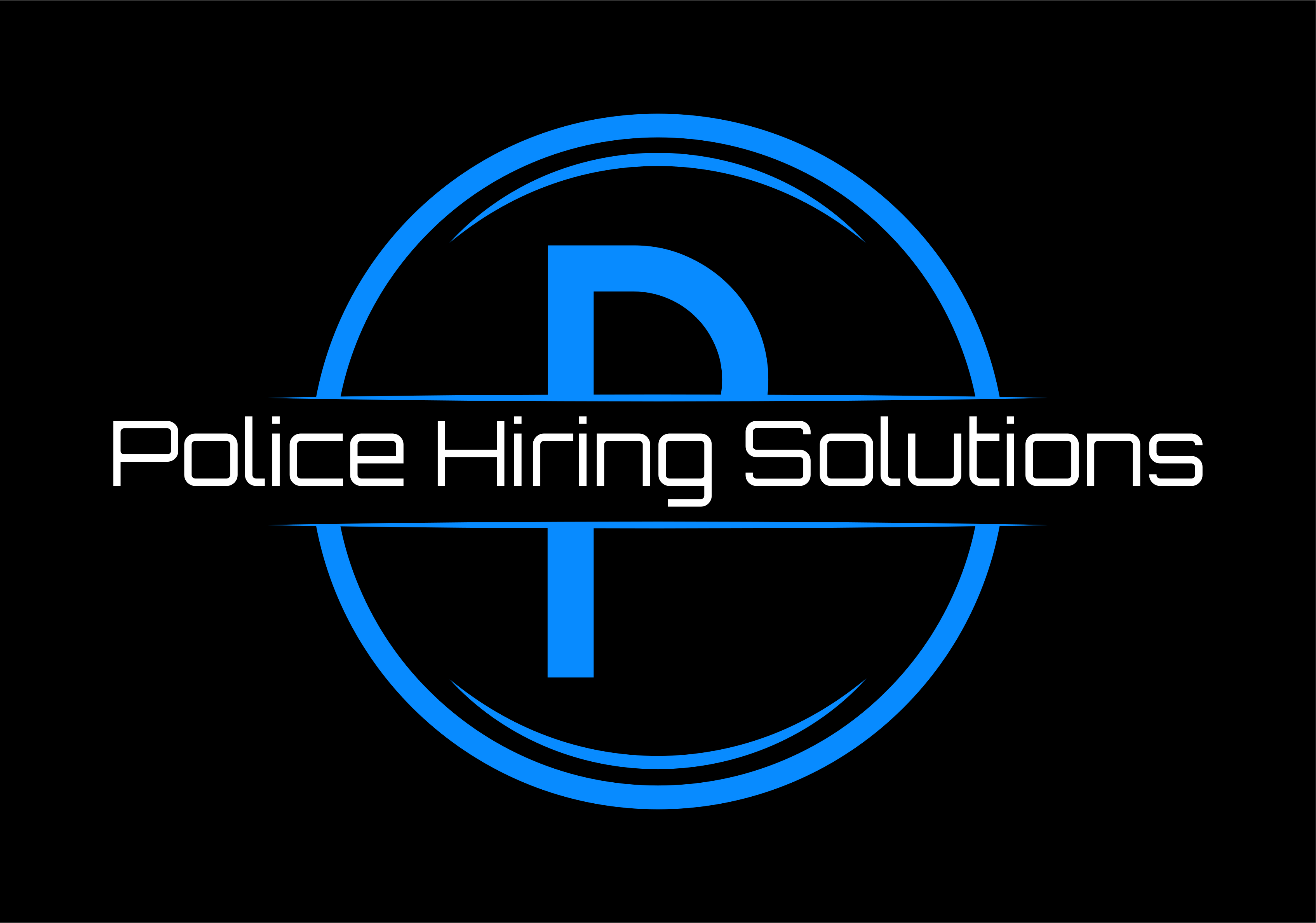Today we are looking at the difference between traditional recruiting and actual Talent Acquisition practices. Talent acquisition is a skillset. It is a profession that goes far beyond simply posting a position or attending career fairs. The private sector has invested billions into developing these practices, let’s take a look at how it works. Ask yourself how your agency is approaching its staffing challenges? Are you getting the best candidates and if not; Why not?
At Police Hiring Solutions, we believe both traditional recruiting and talent acquisition are essential for attracting the best candidates. They’re not mutually exclusive; the key is understanding how to integrate them effectively to maximize your agency’s recruiting success. Here’s a breakdown of their key differences:
Traditional Recruiting (Reactive)
- Focus: Filling immediate vacancies as they arise.
- Approach: Post job descriptions on job boards, wait for applications, and then screen candidates.
- Timeline: Reactive and often rushed, as the position needs to be filled quickly.
- Candidate Pool: Limited to those actively seeking jobs.
- Relationship with Candidates: Transactional, focused on filling the immediate need.
- Employer Branding: Less emphasis on building a strong employer brand.
- Cost: Can be unpredictable due to potential agency fees, rush job postings, etc.
Talent Acquisition (Proactive)
- Focus: Building a talent pool of qualified candidates for future needs.
- Approach: Continuously sourcing and engaging potential candidates, even when there are no open positions.
- Timeline: Long-term and strategic, focused on building relationships over time.
- Candidate Pool: Includes both active and passive candidates (those not actively looking but open to opportunities).
- Relationship with Candidates: Nurturing and personalized, focused on building long-term connections.
- Employer Branding: Strong emphasis on showcasing the company as an employer of choice.
- Cost: More predictable and potentially lower over time due to reduced reliance on external resources.
Here’s a table summarizing the key differences for future reference:
| Feature | Traditional Recruiting | Talent Acquisition |
| Focus | Filling immediate vacancies | Building a talent pool for future needs |
| Approach | Posting job descriptions, waiting for applications | Continuously sourcing and engaging potential candidates |
| Timeline | Reactive, often rushed | Long-term, strategic |
| Candidate Pool | Active job seekers | Active and passive candidates |
| Relationship with Candidates | Transactional | Nurturing, personalized |
| Employer Branding | Less emphasis | Strong emphasis |
| Cost | Unpredictable | More predictable |
The benefits of a Talent Acquisition approach are proven:
- Higher quality hires: More time to assess candidates and find the best fit for your agency’s culture.
- Reduced time-to-hire: Having a talent pool ready can significantly speed up the hiring process.
- Improved candidate experience: Candidates feel valued and engaged throughout the process.
- Stronger employer brand: Proactive recruiting efforts enhance your agency’s reputation as an employer of choice.
- Cost savings: Reduced reliance on external resources and faster hiring can lead to cost savings.
While traditional recruiting serves its purposes for immediate needs, a Talent Acquisition approach offers a more strategic and sustainable approach to meeting your hiring needs. By focusing on building relationships and anticipating future needs, law enforcement can gain a strategic advantage in their approaches to building their next generation of officers. To learn more visit our website @ policehiringsolutions.com and contact us today.
